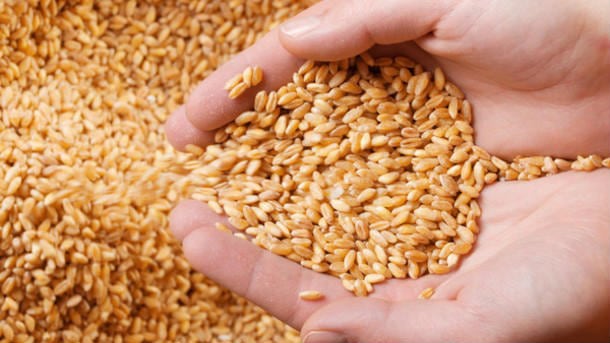South East Asia, with increasing economic growth and rising incomes, has seen a corresponding increase in NCDs, particularly obesity and type-2 diabetes.
According to the researchers, evidence suggests that wholegrain intake is low in Asia. In fact, it is lower than recommended levels in many parts of the world.
Meanwhile, evidence suggests that the intake of wholegrain foods is part of an ideal dietary template that is associated with reducing the risk of premature mortality, cardiovascular disease (CVD), metabolic health issues like type II diabetes and colorectal cancers, and weight gain.
Public health
Aside from low wholegrain consumption, the report states that many ASEAN countries are also lacking food-based dietary guidelines with clear reference to wholegrain foods.
This is an area that public health bodies as well as that of national nutrition professionals should consider.
Furthermore, the consideration of dietary diversity, including the range of whole grains that are consumed in the region is also important in developing harmonised definitions and standards around wholegrain foods to ensure that the term ‘wholegrain’ is appropriately presented to members of the public.
An improved standardisation and definition would also allow dietary intake data from different countries to be more comparable, improve the clarity of labelling to consumers and provide objective criteria for the food industry to follow.
Recent recommendations to define wholegrain food included minimum cut-off values for percentage of wholegrain ingredient content on a dry weight basis.
The researchers encouraged public–private partnerships to increase the availability as well as consumer awareness of whole grains, with the ultimate goal of increasing consumption at population level.
They pointed out that previous research on whole grains in South East Asia has been limited in consumer- and health-related studies. A lack of evidence from observational studies and randomised, controlled trials in South East Asia has the potential to limit the tailoring of ‘ideal’ dietary patterns to region- or country-specific dietary intakes.
Filling this evidence gap on whole and refined grain intake and health in South East Asia would avoid making potentially inappropriate inferences from data collected elsewhere, said the researchers.
Better understanding of the consumer base in the region is also likely to benefit public health messaging and should also help in the development of innovative wholegrain food products.
The authors believe that a focus on wholegrain foods available in the region and that are easy to substitute for the refined alternatives is the most likely approach to increase wholegrain food intake at a population level.
At the same time, “There is still a clear need for further randomised, controlled trials on the impact of whole grains relevant to the region on the health of South East Asians,” they said.
China’s impact
In 2015, China was the largest importer to and exporter from the ASEAN region. The researchers pointed out, therefore, consideration of the current whole grains landscape in China also appears important to ASEAN wholegrain ingredients suppliers, manufacturers, importers and exporters.
The most recent update (from the Food Guide Pagoda for Chinese Residents 2016) includes the detail: “A cereal-based diet is an important characteristic of a balanced diet”, with further comment that “whole grains and legumes should make up 50–150g and tubers 50–100g (of daily intake)”.
The present study was conducted by the Newcastle Research and Innovation Institute and the Commonwealth Scientific and Industrial Research Organisation (CSIRO), and supported by Cereal Partners Worldwide.
A systematic literature review of current regulations, dietary recommendations and research related to whole grains in the ASEAN region was carried out, and information was collected from each member state. The researchers noted that the majority of publications on whole grains from the region were in the area of food science and technology, with few observational studies and human intervention studies related to whole grains.
Source: Nutrients, 2018
DOI: 10.3390/nu10060752
“An Overview of Whole Grain Regulations, Recommendations and Research across Southeast Asia”
Authors: Brownlee et al.

